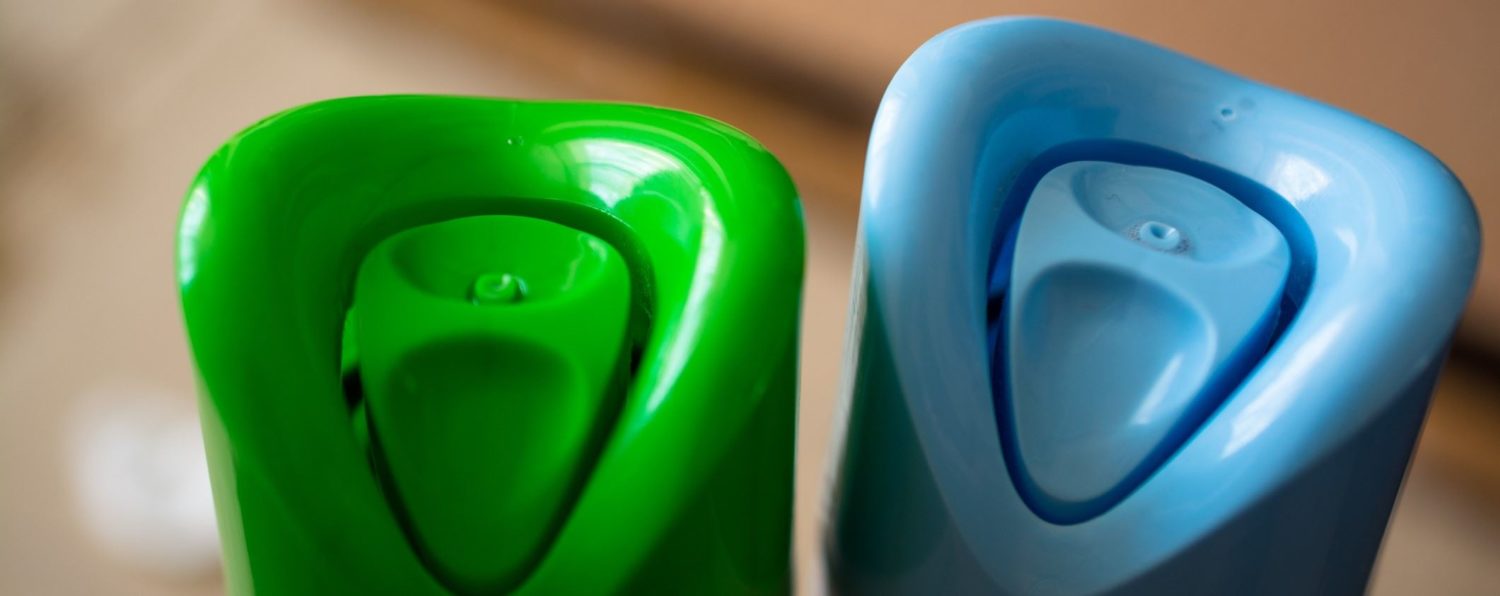Here Are Four Things That Are Polluting Your Home and What to do About Them
Air Fresheners
You might be better off letting that odor linger than mask it with an air freshener.
Air freshening products contain hazardous ingredients that could cause adverse health effects with frequent exposure, according to a study by the Natural Resources Defense Council. Spray fragrances may include any of the following substances:
- Volatile Organic Compounds: Found in common household products, VOCs have been linked to asthma in young children, the elderly and people susceptible to illnesses
- Formaldehyde: A known carcinogen
- Phthalates: Linked to reproductive harm
- Xylene: Can cause headaches, dizziness
- Parabens: Associated with hormone disruption
- Dichlorobenzene: Can reduce lung function
Those are just the ones we know about it. What’s potentially scarier are the contents that are not disclosed on the label. Manufacturers are allowed to keep ingredients confidential thanks to the U.S. Food and Drug Administration’s rule regarding trade secrets.
So-called “green” or “all-natural” aerosol fresheners aren’t always what they claim to be, either. Without any regulatory standards guiding the qualification of green products, manufacturers can promote an air freshener as being a healthier alternative when it’s loaded with just as many chemicals as the conventional variety.
The alternative: Make your own stovetop potpourri, essential oil spray, or DIY reed diffuser. This way, there will be no question about the ingredients and you may even find they your custom mix smells better than anything you can buy at the store.
Carpets
Carpets may feel cozy on bare feet but carpet fibers trap all sorts of unsanitary stuff — dust, dust mites, debris, and dander if you have pets, plus mold and mildew from water damage.
These pollutants don’t stay in your carpet, either. They’ll become airborne and circulate throughout your home, presenting the possibility of a range of health complications, including:
- Red eyes
- Sneezing
- Dizziness
- Cough/sore throat
- Difficulty breathing
Be sure to vacuum high-traffic areas and have carpets professionally cleaned at least once a year.
New carpets and rugs also present health concerns. Because adhesives in the padding can off-gas, it’s important to research the type of carpet you want before installing.
The alternative: Look for carpets and rugs certified by the Carpet and Rug Institute. Those that qualify for its Green Label Plus program are tested to meet stringent criteria for low chemical emissions.
Candles
It takes a lot of chemicals to replicate the scent of fresh-baked cookies and toasted marshmallows. While a Yankee candle here and there isn’t going to do any harm, candle fanatics who keep them constantly burning are doing so at a risk to their health.
Candle wax can emit VOCs such as benzene, acetone, and toluene — compounds that have been linked to allergies, asthma, and cancer. Plus, some manufacturers simulate fragrances with synthetics and dyes which contain formaldehyde, which the EPA classifies as a “probable human carcinogen” linked to cancer.
The alternative: Candles made of beeswax and soy burn cleaner and longer than paraffin wax. Other paraffin alternatives include coconut, vegetable oil, and rice.
Your Energy-Efficient Home
Today’s energy-efficient homes are constructed with a tight envelope to prevent the exchange of inside and outside air — the obvious advantage being improved comfort and lower energy bills. But there’s a drawback: Without adequate ventilation, your indoor air will become stagnant, allowing pollutants — pollen, pet dander, VOCs, and other particulate matter — to fester.
It’s crucial to develop a comprehensive strategy to maintain your indoor air quality (IAQ) in your airtight home. That may include installing IAQ equipment to remove particles and neutralize contaminants. This can include:
- Air purifiers that capture and kill bacteria and pathogens
- Air scrubbers that remove 90% of all airborne contaminants and get rid of bad smells
- Humidifiers and dehumidifiers that maintain proper indoor humidity levels
Professional duct cleaning is also important. The HVAC industry recommends having your ducts cleaned every three to five years to reduce contaminates and improve the performance of your central air system.
Bottom line: Take steps today to improve your IAQ and turn to the pros at Lex Air Conditioning and Heating for expert guidance. To schedule your appointment, call (972) 217-8955.












